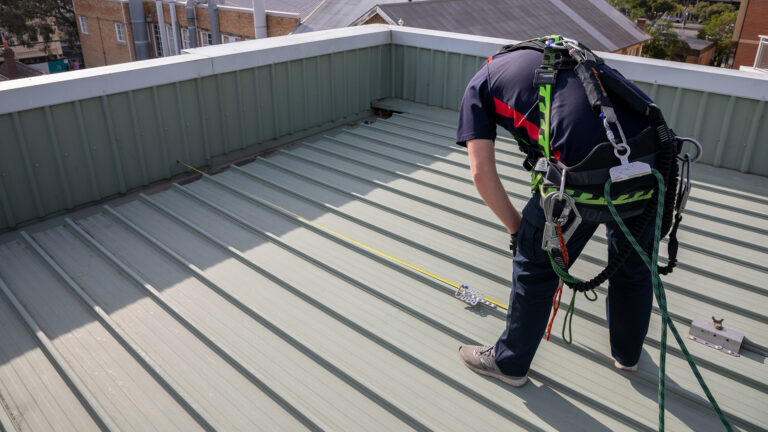
What influences height safety system design?
There are almost an infinite number of variables that are considered when designing a height safety system. In this blog post, our team looks at how those variables can be balanced.

There are almost an infinite number of variables that are considered when designing a height safety system. In this blog post, our team looks at how those variables can be balanced.

Decisions are rarely made in a vacuum. And that is even more apparent when you consider what goes into making choices about height safety and fall protection.

Although they may not be out on site themselves, employers have a key role to play in ensuring the safety of their employees and teams working at height.


The things that can constitute a height safety risk are far more than most people immediately think.

How bodies corporate and strata committees function in the context of workplace safety can be complicated, especially when it comes to height safety and fall protection.

To meet the duty of care as a person conducting a business or undertaking (PCBU) it is important that safe access and fall protection systems be compliant.

When considering purchasing an existing commercial or industrial building, ensuring it comes with a compliant height safety system is an important part of due diligence.

Keeping all the services and systems in your building maintained is important for safety and comfort. Having a compliant height safety system can help.

Keeping your height safety system compliant is an important part of meeting a PCBUs safety obligations. Doing so requires regular inspections be completed.

Sign up for our newsletter and get the latest from HSE straight to your inbox. One email, once a month.